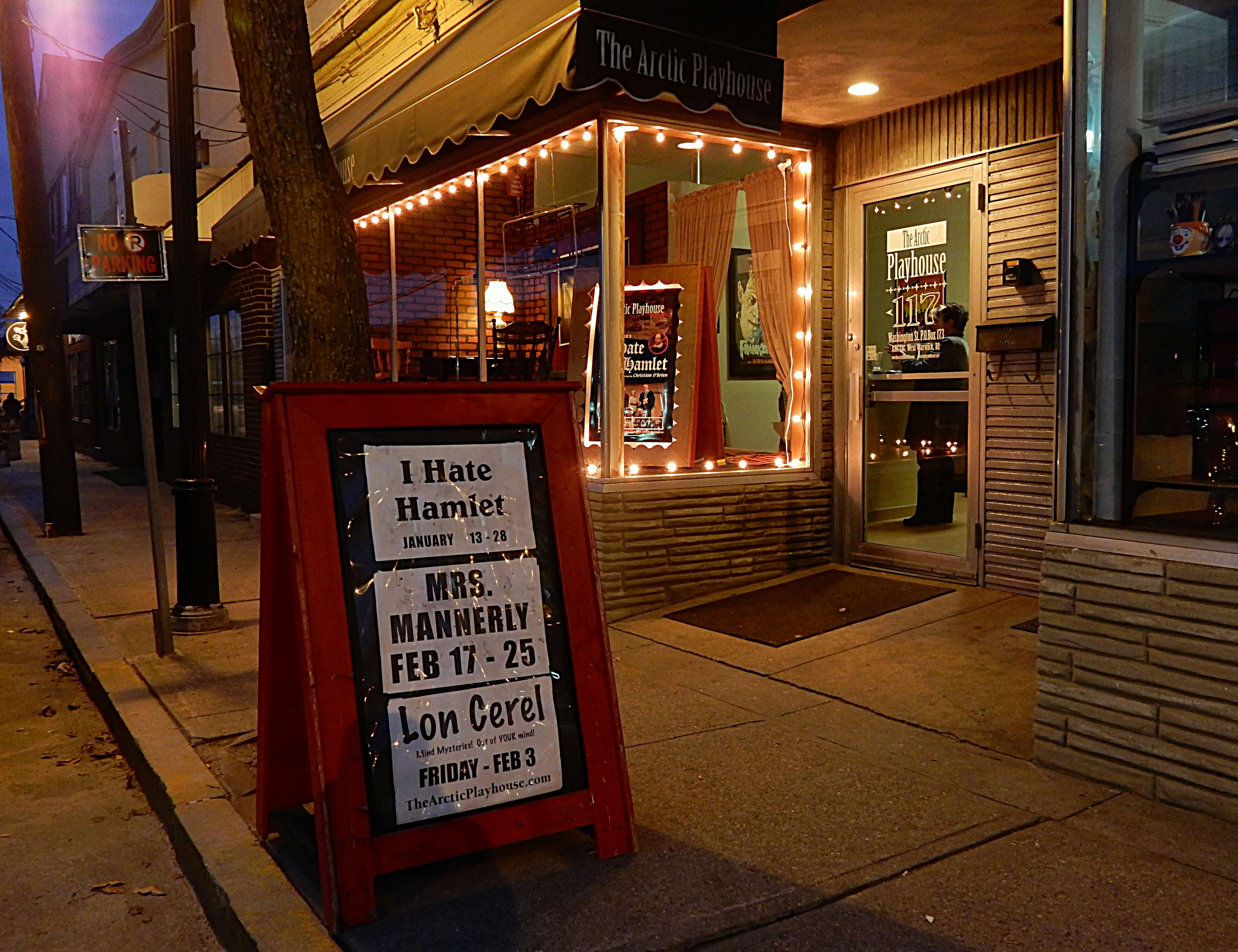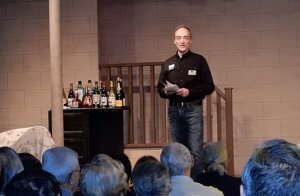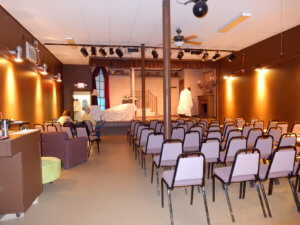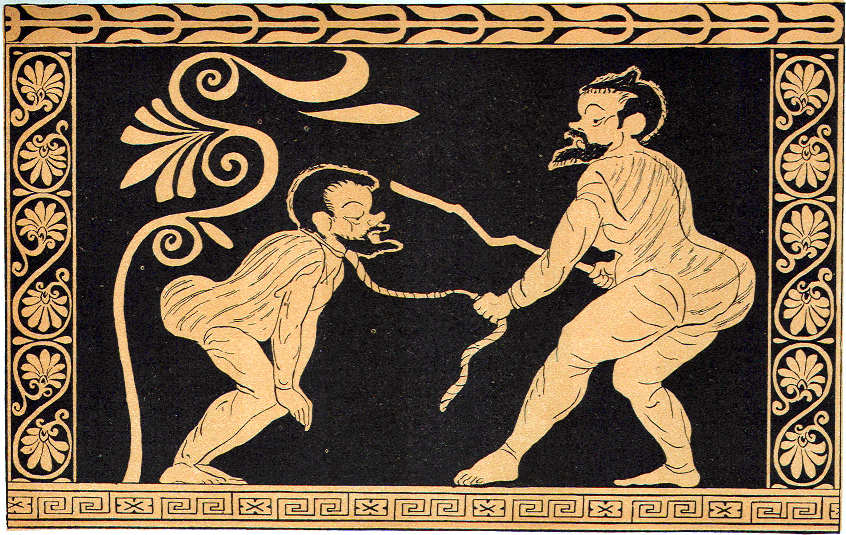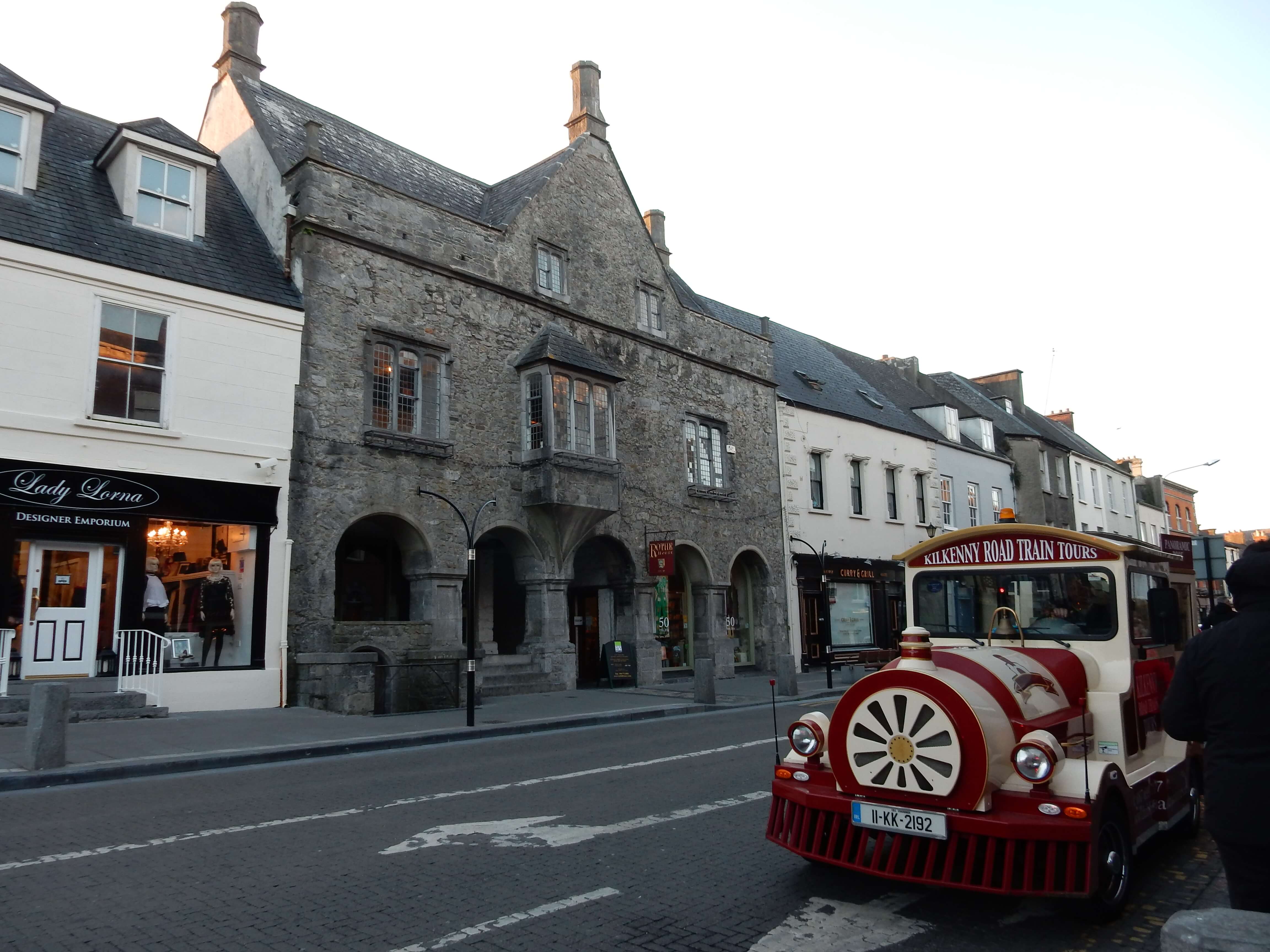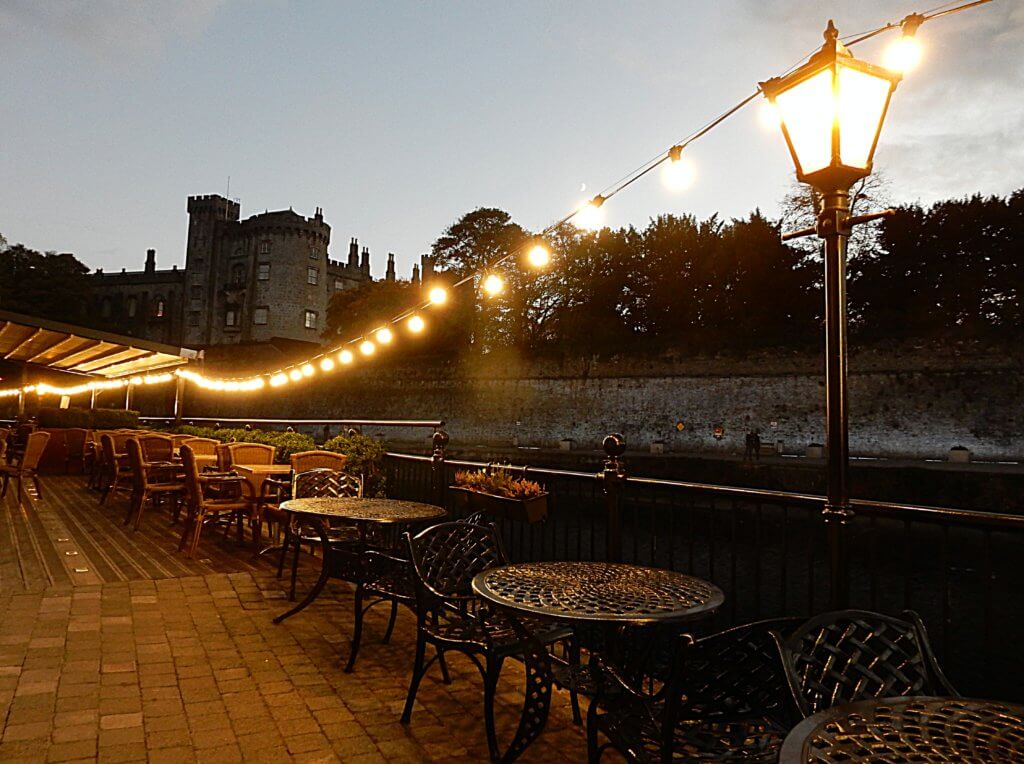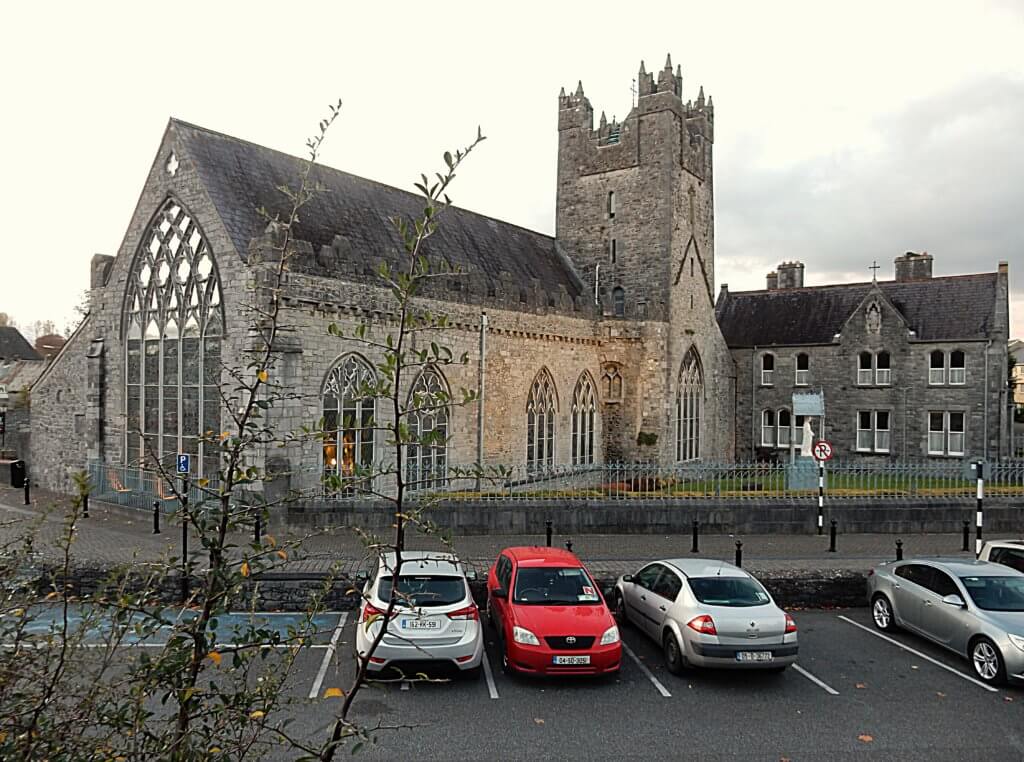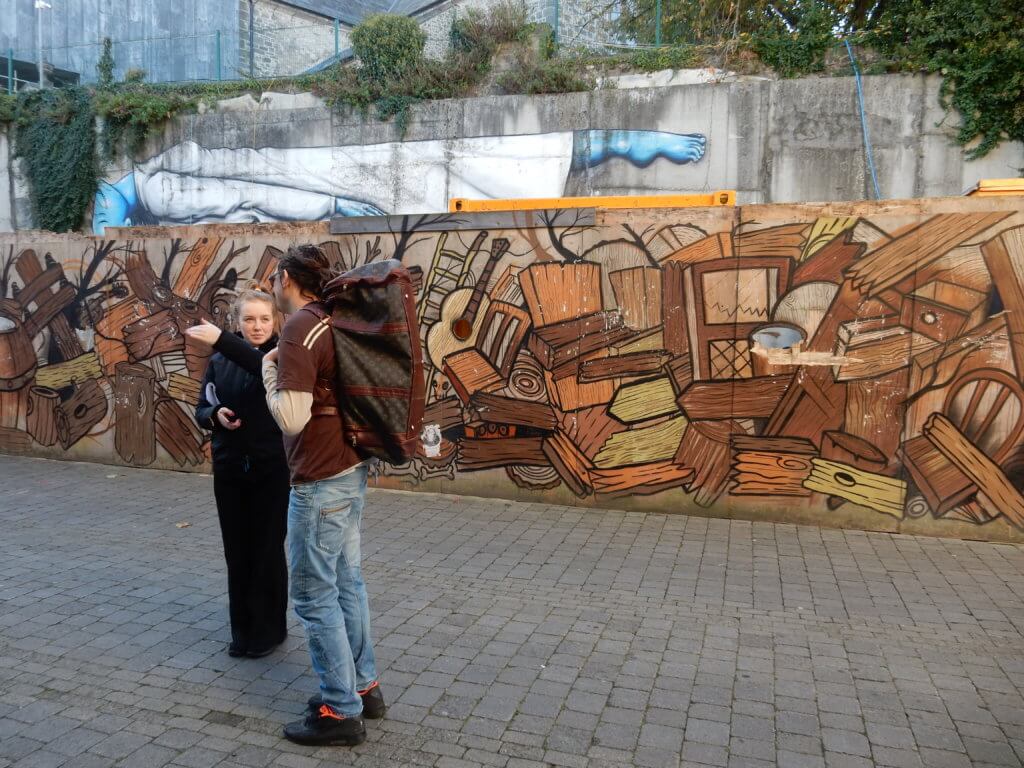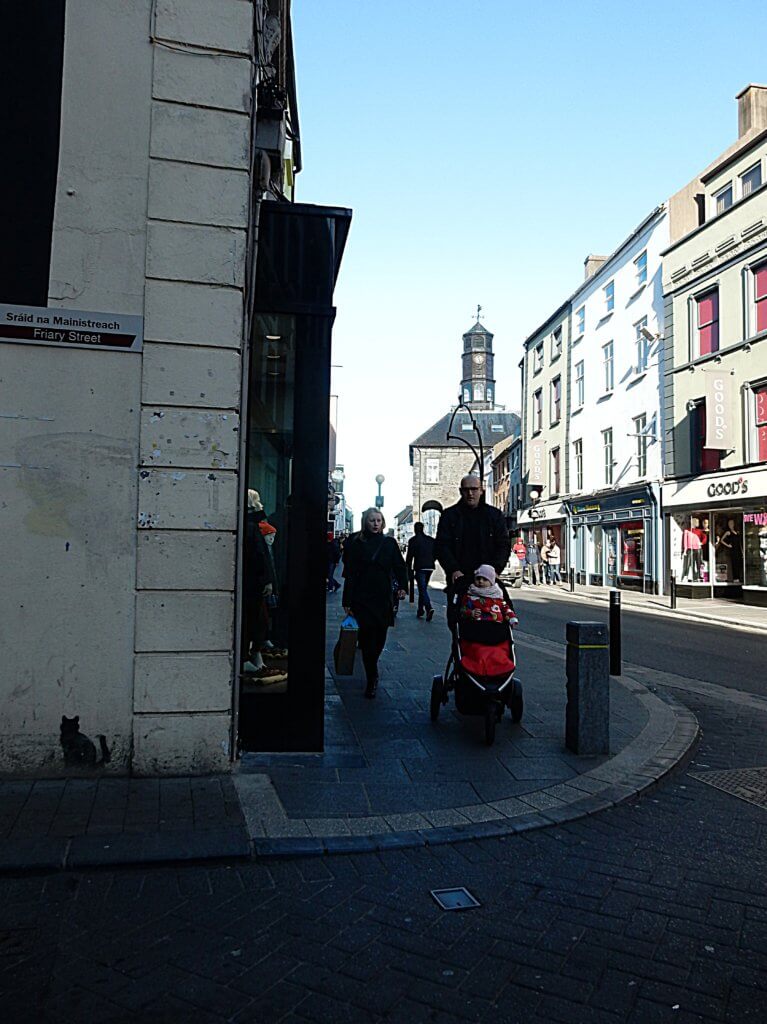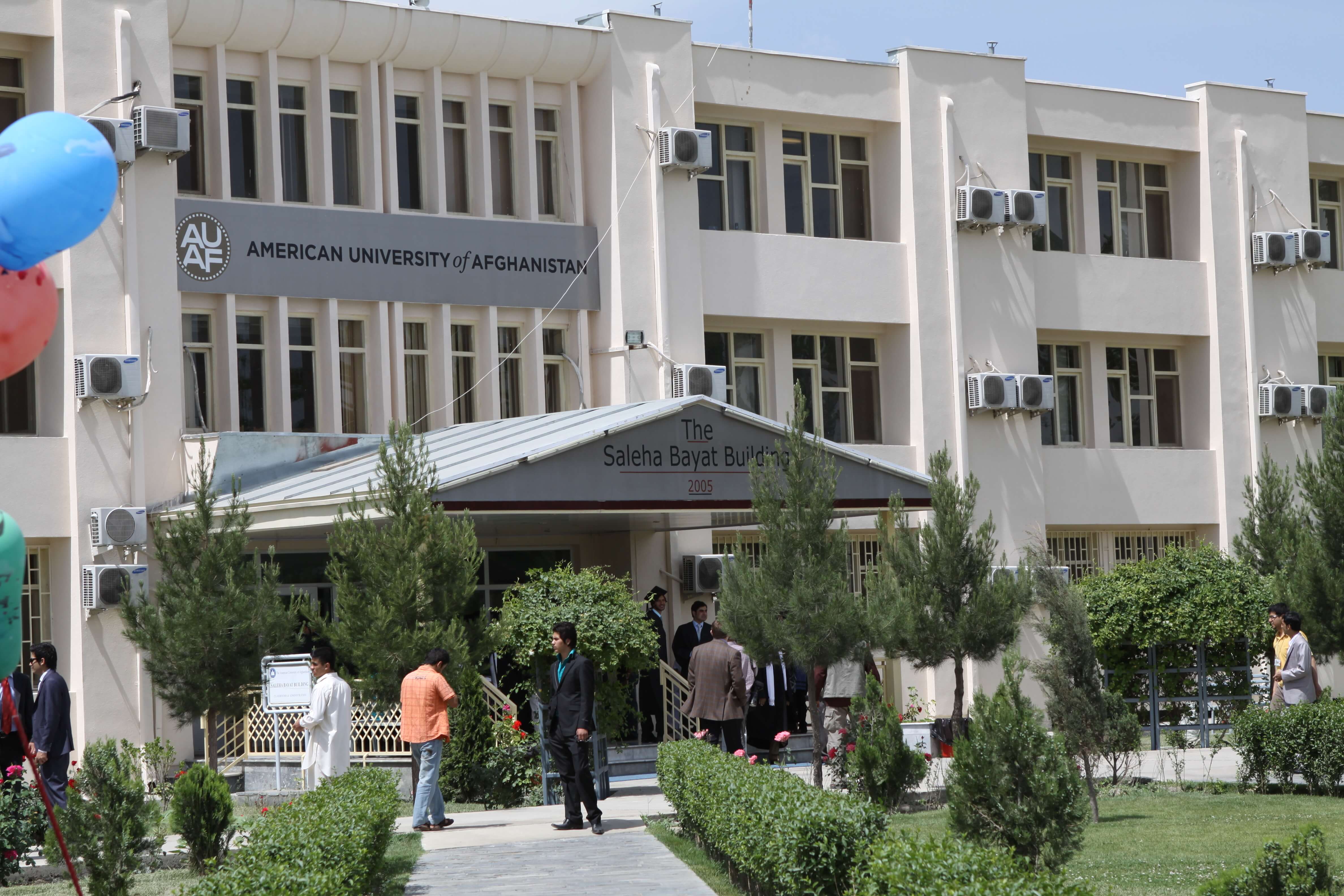It is the theater paradox: regional performances are often as good or better than those in big cities, and even those in the hallowed locales of Broadway and the West End of London.
Away from the established talent and the marquee names, theater flourishes, sometimes in the most modest venues. Having been a theater critic in various places, including London and Washington, I can attest to the fact that theater is where you find it. I saw productions of “Evita” in London, New York and a dinner theater in Manassas, Va.
So I was delighted to find The Arctic Playhouse in Rhode Island, just a short distance from my home. The little theater – and I mean little — is without pretensions. It is as modest as can be and, in its way, a little treasure.
Arctic, in its day, was a destination village in West Warwick, R.I.: a place where professionals lived and shoppers came from afar. But the development of malls nearby doomed little Arctic. Now it is a sad place with an aged population: The senior center is a happening place for many of the residents.
Arctic is proud but poor with businesses that have held on from better days; businesses like Rockway Tailoring and Dry Cleaners (still run by the family which opened its doors 132 years ago), Cayouette Shoe & Leather Repair and Rogers Paint Service Store.
For all of its boarded-up shops, Arctic is fighting back. The symbol of its fight is The Arctic Playhouse, located in a former dog salon on the main street. It was founded by three Rhode Islanders, Jim Belanger, Lloyd Felix and David Vieira, who wanted to arrest the decay in the village.
Though lacking in many amenities, Arctic now has a live theater, which few villages can claim. It is small, seating just 90 people, and very “villagey,” adding to its charm. Audiences are local, pricing ($10 for many performances) is keen. There is a cash bar, free popcorn in red-striped cups and cookies baked by volunteers.
The curtain metaphorically (there isn’t one) rises weekends to some rattling good productions, either the playhouse’s own or those of New England amateur companies. The lights go up and the players are in front of you — so close that you feel you are in the play yourself.
Whether I have seen a production in a full or half-empty house, I have sensed that the audience is part of the performance. One feels responsible for the players and the play.
My wife and I are regulars and have been enchanted. Next year, The Arctic Playhouse moves to a new home, still on the main street, still in a converted shop, but with better facilities and more seats.
The curtain is going up on renewal in Arctic, one show at a time.
- Photo: Linda Gasparello
- Photo: Linda Gasparello
- Photo: Linda Gasparello
